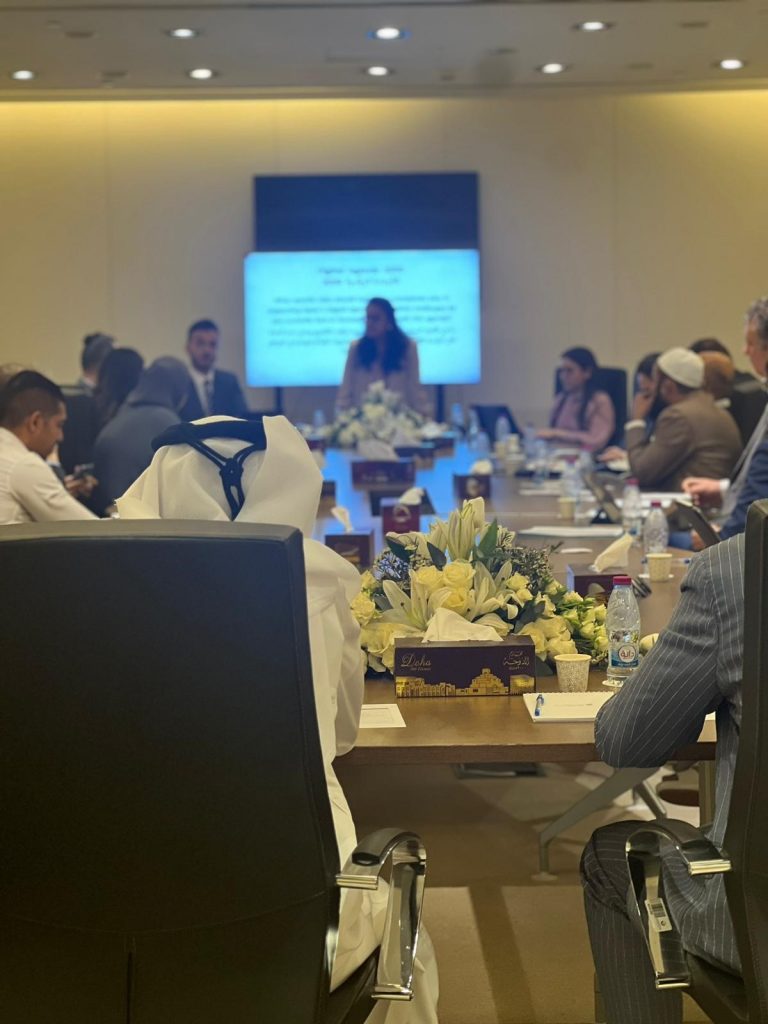May 21, 2016
May 21, 2016
• A consumer may request to return or exchange an item regardless of his motives, such as: regretting spending the amount paid to the shop, dissatisfaction with the color or size of the item, finding the same item at a lower price at another shop, or purchasing the item as a gift to someone who is unsatisfied with the product.
• The amount paid by consumers is refunded according to the method of payment (Credit card – check – cash payment or ATM card)
• If a consumer finds that the product is being sold at another shop at a lower price, the owner of the first shop has to compensate the client for the price difference
• A supplier must exchange a defective item with a functional one or refund the consumer for expired food products or counterfeit car spare parts.
• Suppliers and merchants should clearly display a return and exchange policy in a prominent place at the front of the shop. The policy should be written in Arabic (as well as other languages chosen by the merchant).
• The ministry grants traders and suppliers a two-week deadline to comply with the circular upon being notified
• Traders shall refrain from posting any documents prohibiting the return or exchange of products
The Ministry of Economy and Commerce has issued a circular to traders over regulations pertaining to the return and exchange policy of products.
The circular outlines in detail under which circumstances a consumer can exchange products or request a refund.
The move comes within the framework of the ministry’s efforts to control the market and ensure the compliance of traders with their obligations under Law No. (8) of 2008 on consumer protection and its regulations.
The circular defines under which circumstances the law explicitly compels shops to return or exchange products as follows:
First – If the consumer finds that the product is defective or fails to meet the value or purpose of its intended use.
For instance, the consumer might find that the product is nonfunctional or doesn’t serve the purpose that it was purchased for; or in case the consumer chooses a product, asks the dealer for a home delivery and later finds that the product is not in its original condition such as being broken or having scratches; or in case the dealer doesn’t grant the consumer the opportunity to try a product before purchasing it and the consumer later finds that the product is nonfunctional.
Second – the non-conformity of a product with standard specifications. For instance, a consumer buys an electrical device (iron, for example), that fails to conform to the standards issued by the Qatar General Organization for Standards and Metrology.
Third – When the item fails to meet the purpose that it was purchased for. For instance, when a consumer purchases an electronic device on the basis that it has multiple functions (a TV, mobile phone …) and finds that some of these functions do not exist; or when the trader fails to secure a trial/ changing room although the nature of the product requires consumers to try it before purchasing it.
The Ministry of Economy and Commerce has issued a circular to traders over regulations pertaining to the return and exchange policy of products.
The circular outlines in detail under which circumstances a consumer can exchange products or request a refund.
The move comes within the framework of the ministry’s efforts to control the market and ensure the compliance of traders with their obligations under Law No. (8) of 2008 on consumer protection and its regulations.
The circular defines under which circumstances the law explicitly compels shops to return or exchange products as follows:
First – If the consumer finds that the product is defective or fails to meet the value or purpose of its intended use.
For instance, the consumer might find that the product is nonfunctional or doesn’t serve the purpose that it was purchased for; or in case the consumer chooses a product, asks the dealer for a home delivery and later finds that the product is not in its original condition such as being broken or having scratches; or in case the dealer doesn’t grant the consumer the opportunity to try a product before purchasing it and the consumer later finds that the product is nonfunctional.
Second – the non-conformity of a product with standard specifications. For instance, a consumer buys an electrical device (iron, for example), that fails to conform to the standards issued by the Qatar General Organization for Standards and Metrology.
Third – When the item fails to meet the purpose that it was purchased for. For instance, when a consumer purchases an electronic device on the basis that it has multiple functions (a TV, mobile phone …) and finds that some of these functions do not exist; or when the trader fails to secure a trial/ changing room although the nature of the product requires consumers to try it before purchasing it.








